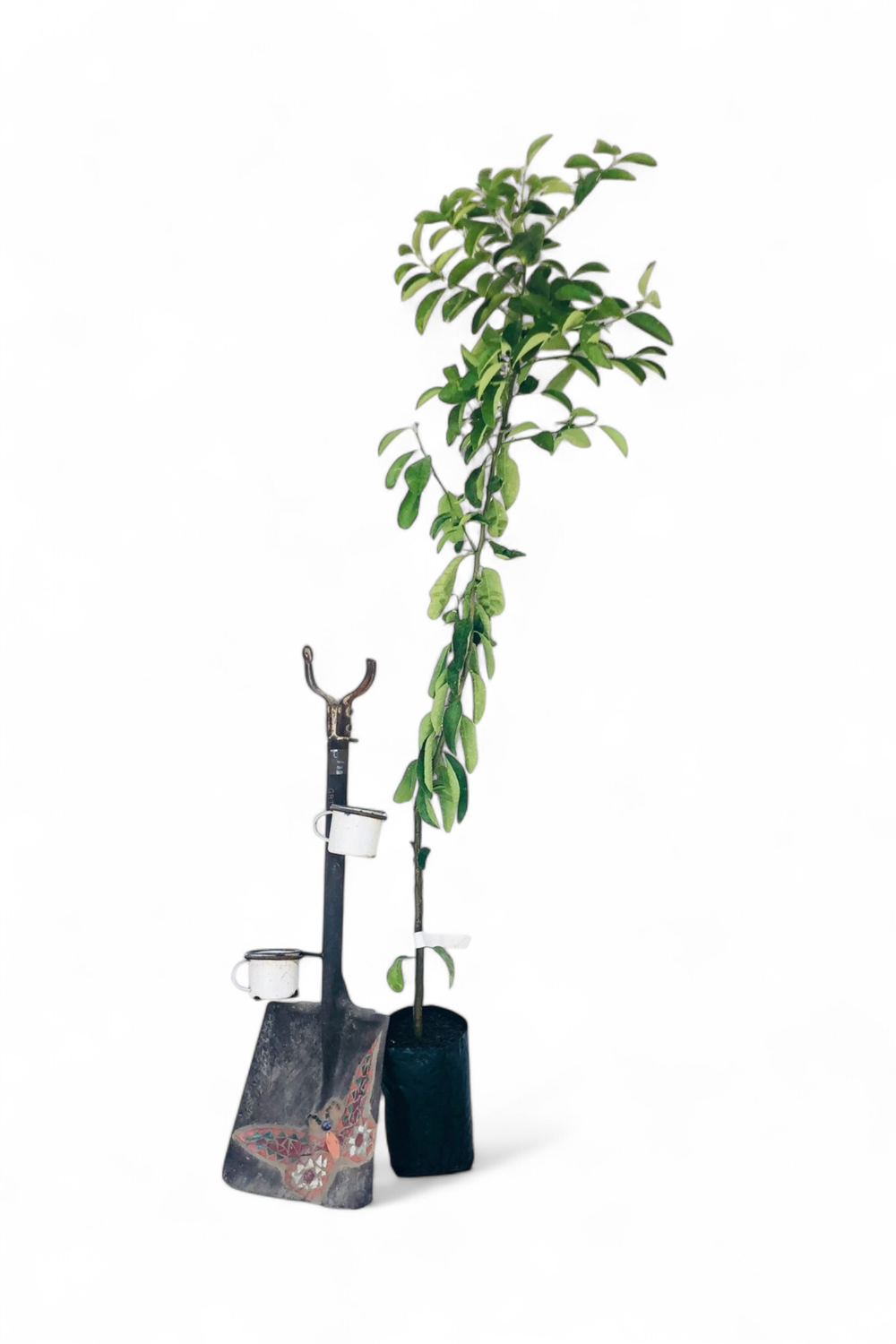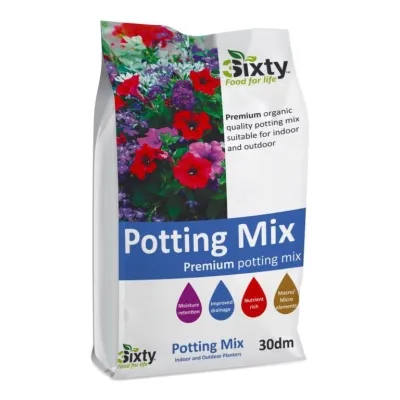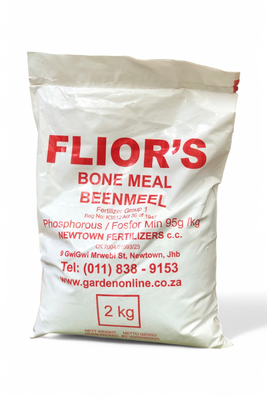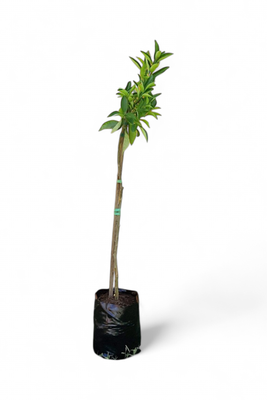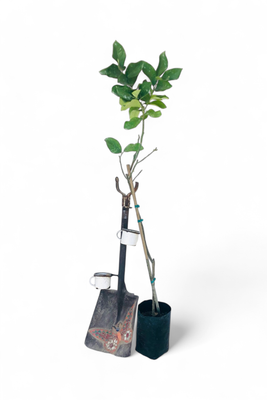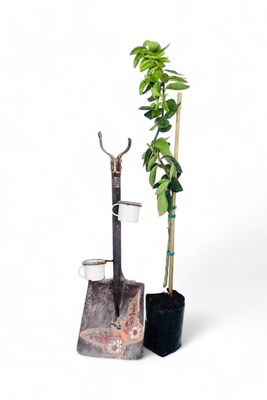Citrus Rough Lemon Tree 5L
SKU RN006
R189.00
On Sale
was R225.00 Save R36.00
1
Save this product for later
Customer reviews
Reviews only from verified customers
No reviews yet. You can buy this product and be the first to leave a review.
Citrus Rough Lemon Tree 5L
Product Details
Weight: 5.00 kg
Citrus Rough Lemon Tree 5L – Bring Vibrant Citrus to Your Garden!
Transform your outdoor space with the Citrus Rough Lemon Tree 5L, a hardy and fruitful addition to any garden. Perfectly suited for the avid gardener or citrus enthusiast, this tree produces lemons with a distinctive yellow rough skin, ideal for culinary uses, refreshing beverages, or simply adding a zesty touch to your daily life.
Features & Benefits:
- Unique Appearance: The lemons boast a textured rough skin, making them stand out from ordinary citrus varieties.
- Healthy Growth: Delivered in a convenient 5L pot, the tree is ready to thrive in your garden or patio.
- Compact Yet Mighty: Easy to manage, yet capable of producing an abundant harvest.
- Versatile Use: Perfect for home cooking, baking, or garnishing cocktails.
Why Choose Garden Mecca?
As part of our Fruit & Nuts category, this tree is a must-have for anyone looking to grow their own fresh produce. With its 5kg weight and robust build, it’s easy to transport and plant. Plus, enjoy doorstep delivery within the Gauteng area, making it even easier to start your gardening journey.
Add a touch of zest to your life with the Citrus Rough Lemon Tree 5L from Garden Mecca. Order now and grow your own slice of paradise!
You May Also Like
Display prices in:ZAR
